When New York Mayor Rudy Giuliani announced plans in 1999 to auction off dozens of community gardens on Manhattan’s Lower East Side, gardeners dispatched earthy spirits to City Hall.
They rode a giant tomato bicycle downtown. “People’s jaws were dropping,” activist Tim Becker remembered in the 2011 book The Beach Beneath the Streets: Contesting New York City’s Public Spaces. “They couldn’t believe a tomato was going down Allen Street.” On another occasion, the gardeners crafted a giant caterpillar, a dozen bikes long. A third time, a dragonfly whose wings flapped when riders pedaled. These colorful puppets rallied public opinion; in 2002, the city and the gardeners arrived at a compromise.
These days, City Hall is more technocratic. Bring a giant tomato downtown in 2015, and you’d likely be asked: How many people can it feed? How many schoolchildren learned about crop rotation, pesticides and GMOs in the shade of its orb? And how did they feel when they left?
In God we trust, everyone else bring data — and that includes you, community gardeners.
It was with this number-driven climate in mind that the Design Trust for Public Space, a 20-year-old NYC nonprofit, collaborated with Farming Concrete, an organization that aims to measure the yield of NYC’s public gardens, to build the Five Borough Farm Data Collection Toolkit. It is, according to its designers, “the first free, publicly accessible set of protocols to collect data on urban agriculture.”
More than 215 gardens, concentrated in the Northeast but with some sprinkled across the U.S. and Canada, are using the Toolkit. Since the app debuted last May, those plots have collectively grown 46,600 pounds of food.
“A big part of this was trying to spell out the value created by farms and gardens in cities,” says Philip Silva, an environmental planner who worked with local gardeners to develop the forms. “There’s a lot of great university-led research that generalizes the benefits of urban farms and gardens. But if you were trying to figure out at any individual garden or farm, it gets tricky. You might not have a full-time doctoral researcher going in there with a clipboard.”
Urban growers don’t tend to have a dog-eared Farmers’ Almanac on the shelf. Most of them are hobbyists; many have other jobs. Not all of them weigh everything they produce. New York City doesn’t know how many of its 600-plus registered gardens, the largest array in a U.S. city, are growing crops on a regular basis, nor how many people work at those gardens.
The Five Borough Farm Toolkit doesn’t force urban growers to get serious about measurement. But gardeners say that the Toolkit’s Barn app, which requests dozens of environmental, social and economic metrics from garden leaders, is a vast improvement over using pencil and paper. It tells them how to keep track and encourages them to do so.
“I was just doing it off the cuff,” says Carla Green, who runs the Green Garden in Newark. “Of course I had a book that I was doing my coordination with, saying we need to do x, y and z. But the Barn toolkit details it and organizes it for me.”
In a sense, that’s the point: cataloguing the diverse products of a community garden, from the number of cabbages to the number of kids newly interested in fresh food. But Silva and Eric Brelsford, who programmed the Toolkit, envision it as a political tool as well.
The Toolkit, Brelsford tells me, “is helping gardeners be able to speak in numbers to a city that speaks in numbers.”
That’s particularly important in New York City, where community garden plots on municipal land are once again in the crosshairs of City Hall, as Mayor Bill de Blasio begins an all-out push to leverage city assets to build affordable housing.
“There are two types of urgency here,” Brelsford says. “First, the urgency that anyone who’s trying to do something good for the world feels. Second, how we prevent people from taking this away from us.”
Five Borough Farm’s app not only encourages gardeners to track that kind of information, it also presents it in a standardized format accessible to politicians and grant organizations. Gardeners can state the worth of their farms comparatively. Using FBF’s location-based aggregation app, Mill, supporters can (finally) ascertain the collective impact of New York City’s green diaspora.
Nick Storrs, who runs the Randall’s Island Urban Farm, says the Toolkit has helped him keep track of the farm’s educational impact. How many kids come away with new attitudes toward fresh produce? Storrs uses the Toolkit to measure the cumulative impact of games like “Yum or Yuck,” where kids use beans to vote on the desirability of vegetables before and after lessons. (As it turns out, visitors love sorrel!) No traditional farmer would measure such a thing, but it’s at the core of the mission of urban farms and gardens.
“When we need to advocate for ourselves to policymakers or developers,” Storrs says, “we can say, ‘There’s real value in what we’re doing. The pounds of produce. The number of volunteers.’”
The Science of Cities column is made possible with the support of the John D. and Catherine T. MacArthur Foundation.
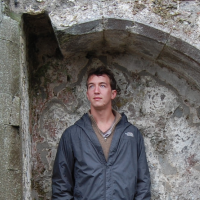
Henry Grabar is a senior editor at Urban Omnibus, the magazine of The Architectural League of New York. His work has also appeared in Cultural Geographies, the Atlantic, The Wall Street Journal and elsewhere. You can read more of his writing here.
Follow Henry .(JavaScript must be enabled to view this email address)


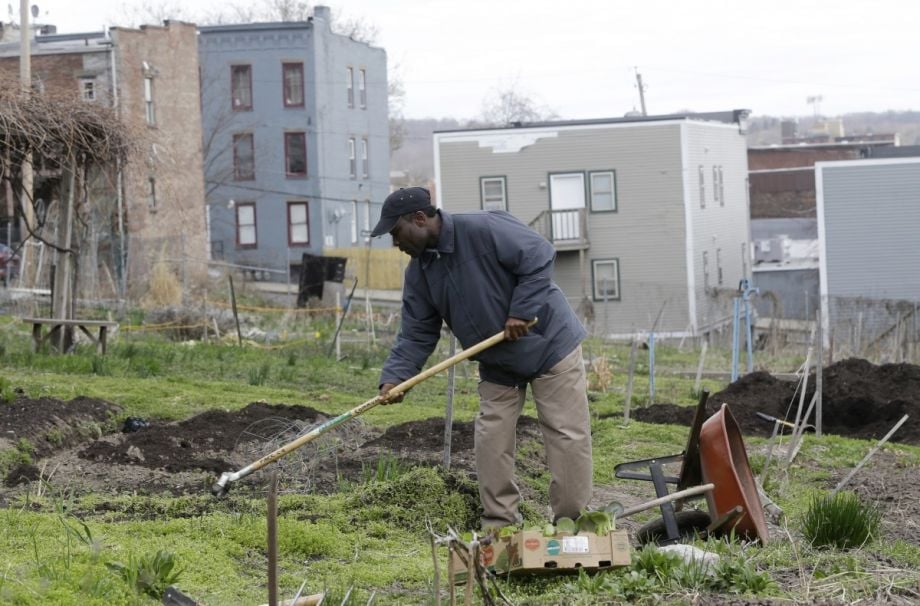

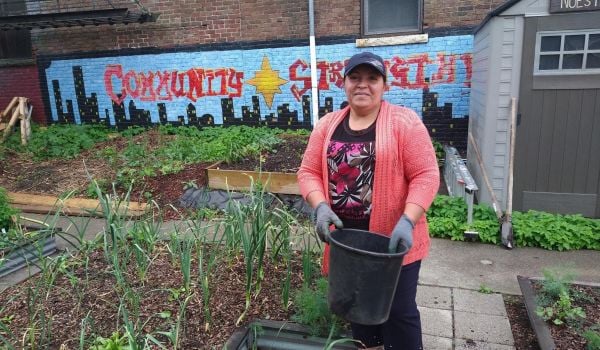

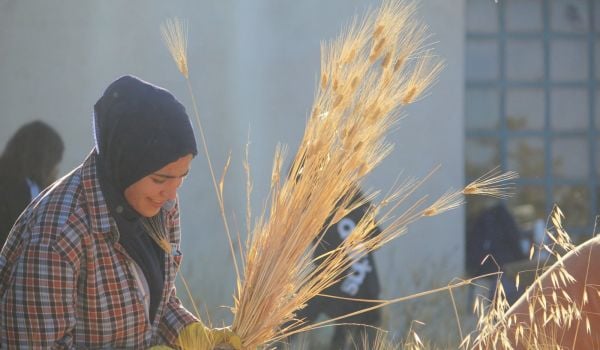

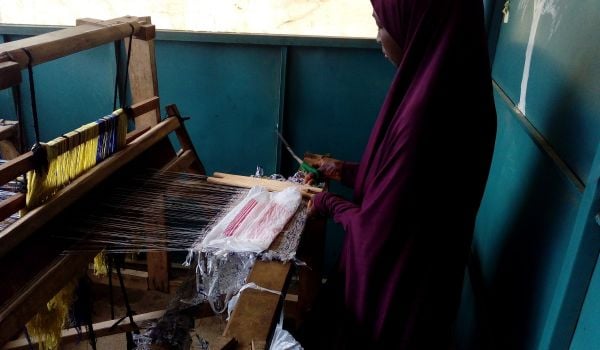
_600_350_80_s_c1.jpeg)







